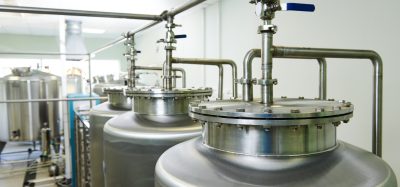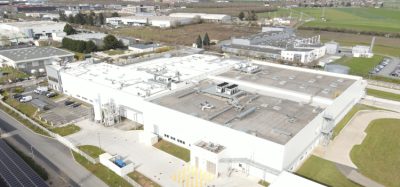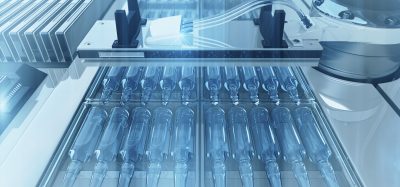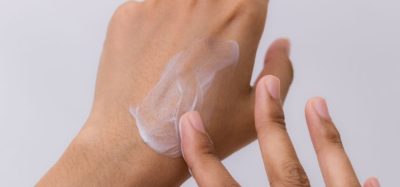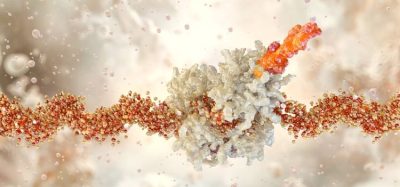Expert view: Investigating drug carriers and in vitro models with advanced analytical imaging techniques
Posted: 25 June 2020 | Dr Maike Windbergs (Goethe-University Frankfurt Germany) | No comments yet
Dr Maike Windbergs discusses the use of Raman imaging in pharmaceutical research and the potential of combining different analytical techniques.
You have been conducting pharmaceutical research using Raman microscopy for several years now. What inspired you to become involved in this field?
I started working with Raman microscopy as a PhD student and the drug delivery systems I was investigating exhibited phenomena that could not be explained with common analytical tools. Therefore, I searched for a non-invasive analytical method that allowed for visualisation of the sample composition with inherent chemical selectivity that avoids the use of marker molecules. Using Raman microscopy I was able to explain the discovered phenomena and since then Raman techniques have played a significant role in my academic career.
What were the most exciting findings that you discovered in your recent studies and how did Raman imaging contribute to the results?
Raman imaging elucidated the behaviour of drugs within their drug delivery systems, including interactions with the carrier materials, as well as their physicochemical stability and release. Even more exciting, the interaction of novel therapeutics with human cells and tissues in physiological as well as in diseased state could successfully be visualised.
Would you see any benefit in combining Raman microscopy with other imaging techniques such as fluorescence microscopy or electron microscopy?
Combining different analytical techniques is definitely beneficial, as the same spot of the sample can be exposed to different technologies, thereby generating complementary information. However, the combination of different techniques in one setup should not compromise the data quality (eg, resolution) of the individual techniques.
How do you think the role of Raman imaging in pharmaceutical research will change?
Over the last few decades, Raman spectroscopy and imaging has increasingly been used for numerous applications in pharmaceutical research, ranging from basic scientific questions in academia and early drug and formulation development through to utilisation as a quality control tool with high throughput in industrial production of pharmaceuticals. Thus, I do not think the role of Raman technologies will change in the near future, but rather have a broadening range of applications.
Issue
Related topics
Analytical techniques, Formulation, Imaging, Raman Spectroscopy



